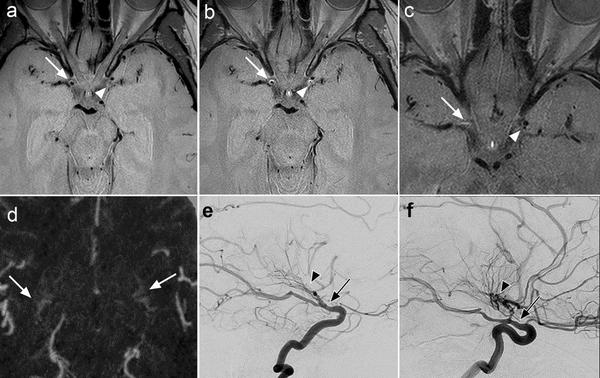
Vessel wall imaging features of Moyamoya disease in a North American population: patterns of negative remodelling, contrast enhancement, wall thickening, and stenosis
This study characterized vessel wall imaging (VWI) features of Moyamoya disease (MMD) in a predominantly adult population at a North American center.MethodsConsecutive patients with VWI were included. Twelve arterial segments were analyzed for wall thickening, degree and pattern of contrast enhancement, and remodeling.ResultsOverall, 286 segments were evaluated in 24 patients (mean age = 36.0 years [range = 1–58]). Of 172 affected segments, 163 (95%) demonstrated negative remod...












